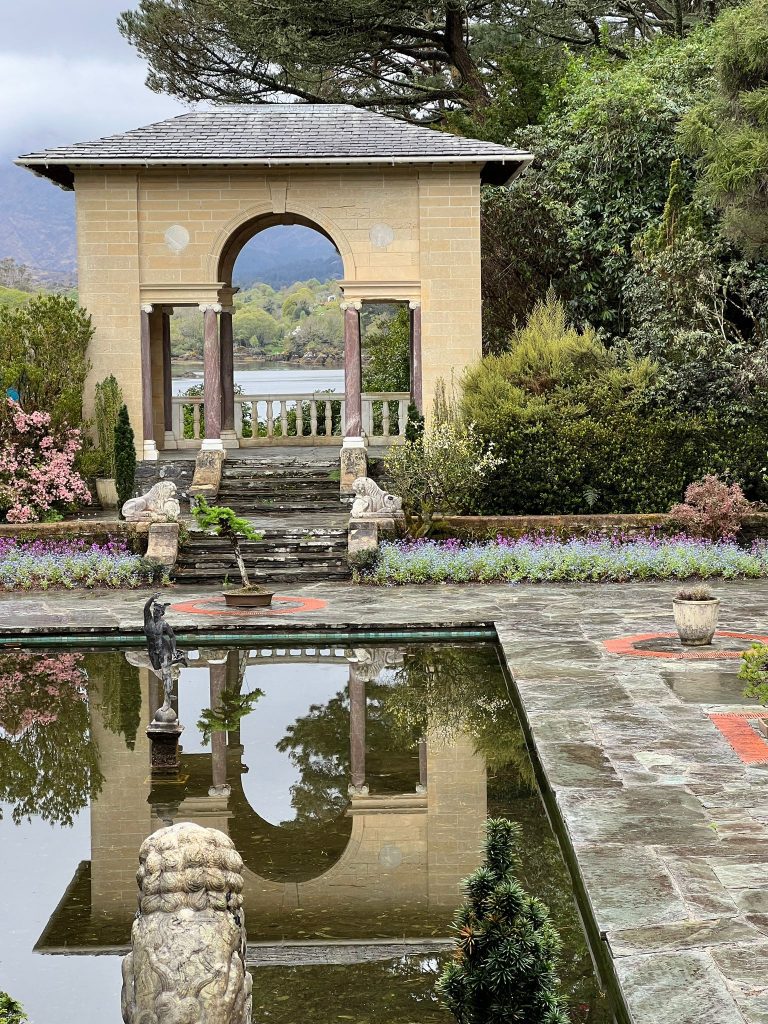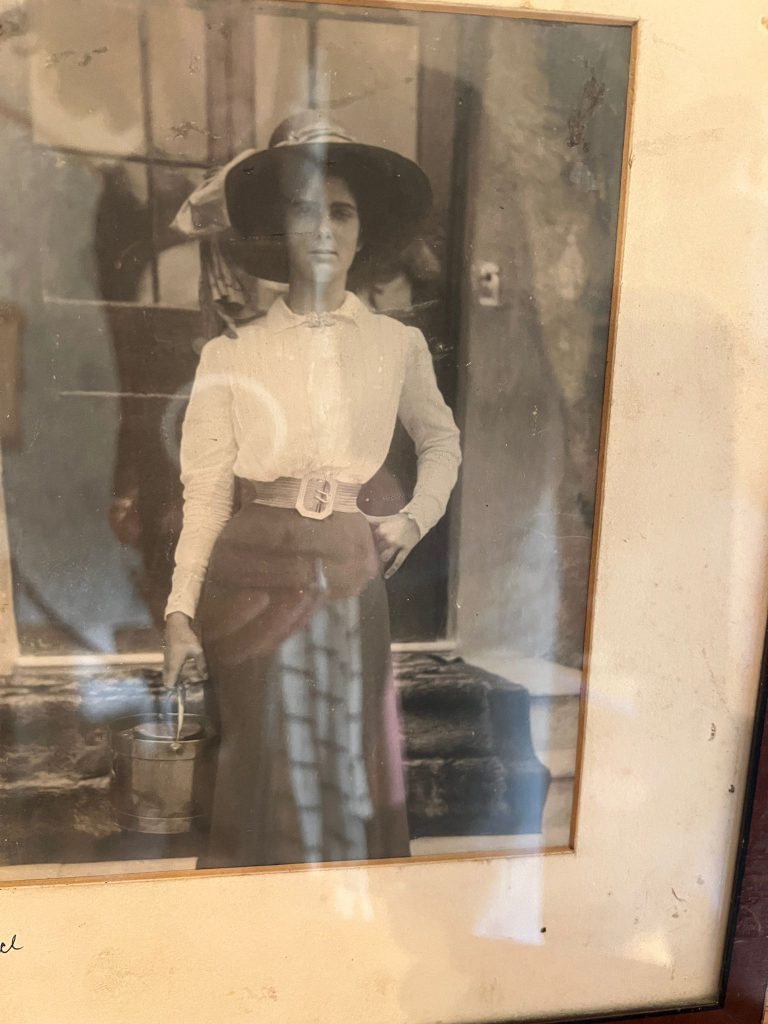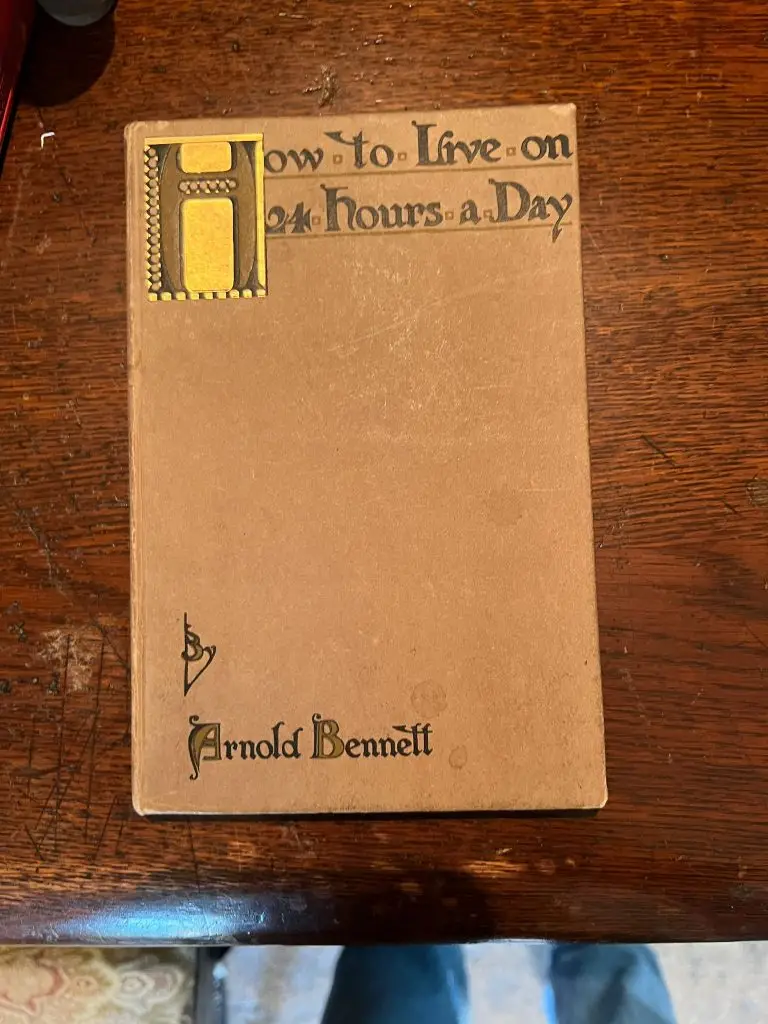Some days, we do so much that it feels like we’re sprinting through the hours. Other days vanish, and we can’t quite say what we did with them. When we’re working, wrapped in daily chores, the weeks pile up—and suddenly we’re asking, Where did my time go?
My visit to Garinish Island, off the coast of County Cork, Ireland, felt like a call from the past. A reminder, gentle but firm: no matter what comes your way, you still get to choose how to live the time you’re given.

Who Was Violet Bryce?
The island holds the story of Violet Bryce (née L’Estrange), born in 1863. She and her husband, John Annan Bryce, once had grand plans—a large house on a remote island, a dream carved out of vision and ambition. But the money was depleted, and John died in 1923. Instead of staying in London or retreating from life, Violet moved into the gardener’s cottage on the island and began shaping a quieter legacy.

The Influence of Arnold Bennett’s “24 Hours a Day”
In her study, resting quietly on a desk, was a slim, old book: How to Live on 24 Hours a Day by Arnold Bennett. A quiet suggestion. A whisper of intent.
Bennett, a pioneer of self-help literature, wrote about time as a daily inheritance. Everyone gets 24 hours—no more, no less. You can’t hoard them. You can’t waste them in advance. Each morning begins anew, full of possibility.

Violet Bryce didn’t rebuild the life she’d lost. She shaped the one she could make with what she had left: a garden, a rhythm, a new form of presence. Her son Roland joined her in 1932 and continued her work. When she died in 1939, he stayed until his own death in 1953—at which point he gifted the island and its extraordinary gardens to the Irish people.
I stood in that garden, thinking about all the ways we carry time. And I thought: what if each day, I carved out time that was truly mine—and noticed it? Not in grand gestures, but in small, deliberate choices. In art. In colour. In stillness.
We inherit more than history—we inherit time.